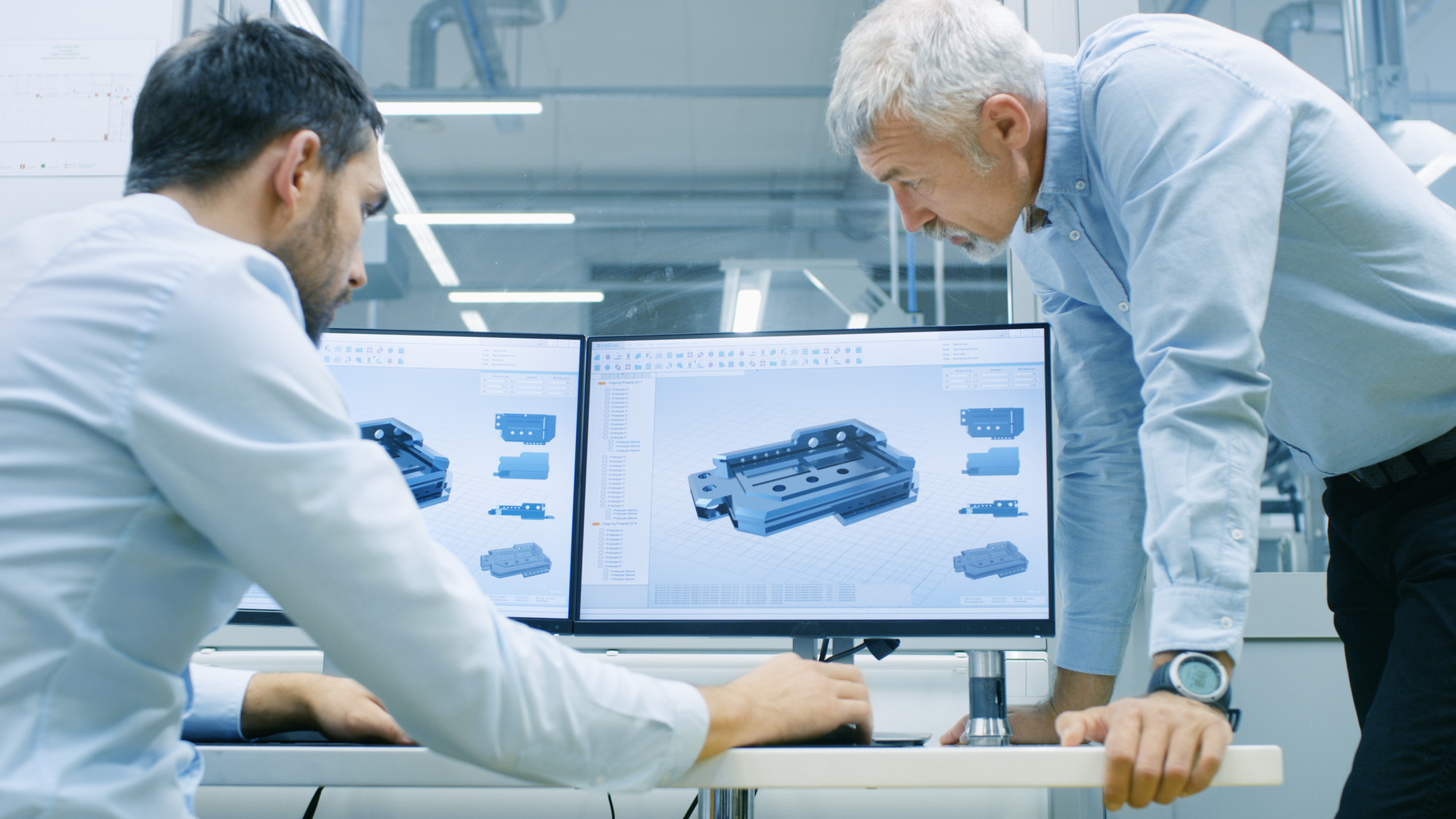
Introduction
Architectural engineers and mechanical consultants play a crucial role in the design and construction of buildings. While architectural engineers focus on the structural integrity and design of a building, mechanical consultants are responsible for the HVAC systems, plumbing, and other mechanical components. When these two disciplines collaborate effectively, they can create innovative and sustainable building designs that are both functional and aesthetically pleasing.
The Benefits of Collaboration
Collaboration between architectural engineers and mechanical consultants offers a range of benefits, including:
1. Improved Building Performance
- Collaboration ensures that the design of the building is optimized for energy efficiency and sustainability.
- Integration of mechanical systems at an early stage can lead to improved building performance and reduced operating costs.
2. Seamless Integration of Design Elements
- Working hand-in-hand allows for the seamless integration of architectural and mechanical elements to create a cohesive design.
- Coordination between the two disciplines ensures that mechanical systems do not compromise the aesthetics of the building.
3. Cost Savings
- Early collaboration can help identify potential conflicts and design issues, reducing the need for costly changes during construction.
- Optimizing building performance and energy efficiency can lead to long-term cost savings for building owners.
Effective Collaboration Strategies
To achieve successful collaboration between architectural engineers and mechanical consultants, the following strategies can be employed:
1. Early Involvement
- Involve mechanical consultants in the design process from the early stages to ensure that mechanical systems are integrated seamlessly into the building design.
- Early coordination can help identify potential conflicts and design issues before they become costly problems during construction.
2. Open Communication
- Establish open lines of communication between architectural engineers and mechanical consultants to facilitate collaboration and information sharing.
- Regular meetings and check-ins can help ensure that both disciplines are aligned in their design approach and goals.
3. Utilize Building Information Modeling (BIM)
- Use BIM software to create a shared digital model of the building that allows both disciplines to collaborate in real-time and identify potential clashes.
- BIM can streamline the design process and improve coordination between architectural and mechanical elements.
Case Study: The Role of Collaboration in Sustainable Building Design
One notable example of successful collaboration between architectural engineers and mechanical consultants is the design of the Bullitt Center in Seattle, Washington. This six-story commercial office building is one of the greenest buildings in the world and showcases the benefits of integrated design.
Key aspects of collaboration in the Bullitt Center project included:
- Early involvement of mechanical consultants in the design process to optimize energy efficiency and indoor comfort.
- Use of BIM software to coordinate the placement of mechanical systems and ensure that they did not compromise the building's passive design features.
- Open communication and regular meetings between the project team to address design challenges and ensure that sustainability goals were met.
Conclusion
Collaboration between architectural engineers and mechanical consultants is essential for the successful design and construction of buildings. By working hand-in-hand and employing effective collaboration strategies, these two disciplines can create innovative and sustainable building designs that meet the needs of occupants while also reducing operating costs and environmental impact.
